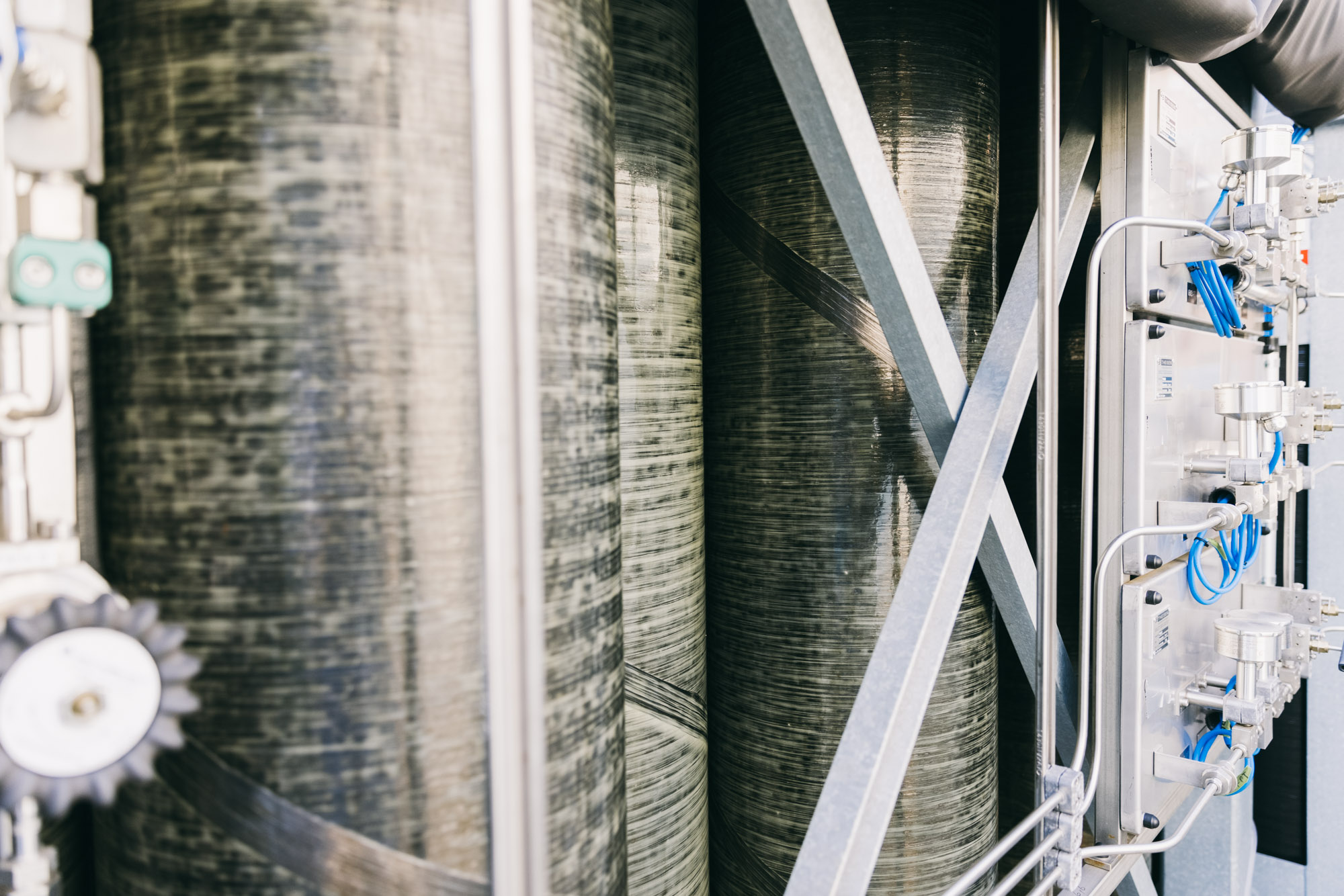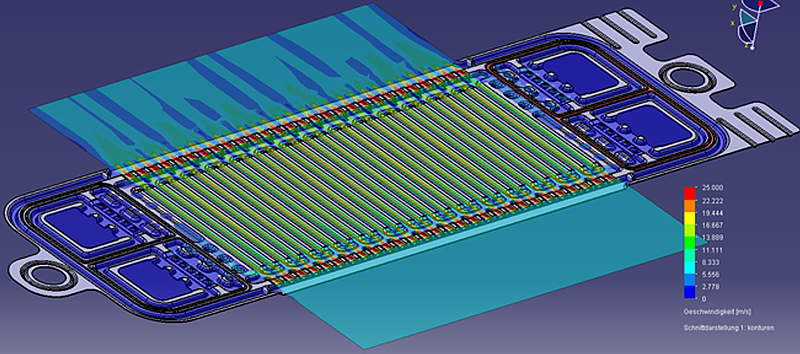
Ammonia as a C-free fuel
Ammonia is one of the most widely produced chemicals worldwide, with annual production increases, and is the basic material for all other nitrogen compounds, most of which are processed into fertilisers. It is produced almost exclusively using the Haber-Bosch process, which has been technically established for decades.
Ammonia is a nitrogen-hydrogen compound and can be stored in liquid form in simple pressure vessels at approx. 8 bar with high energy density. Compared to hydrocarbons (e.g. SNG) or alcohols (e.g. methanol), only nitrogen is required for its production instead of carbon dioxide. When ammonia is used, e.g. for power generation or propulsion, no carbon dioxide is released, only water and nitrogen. This means that ammonia can be used as an emission-free energy storage medium in a future emission-free energy system.





